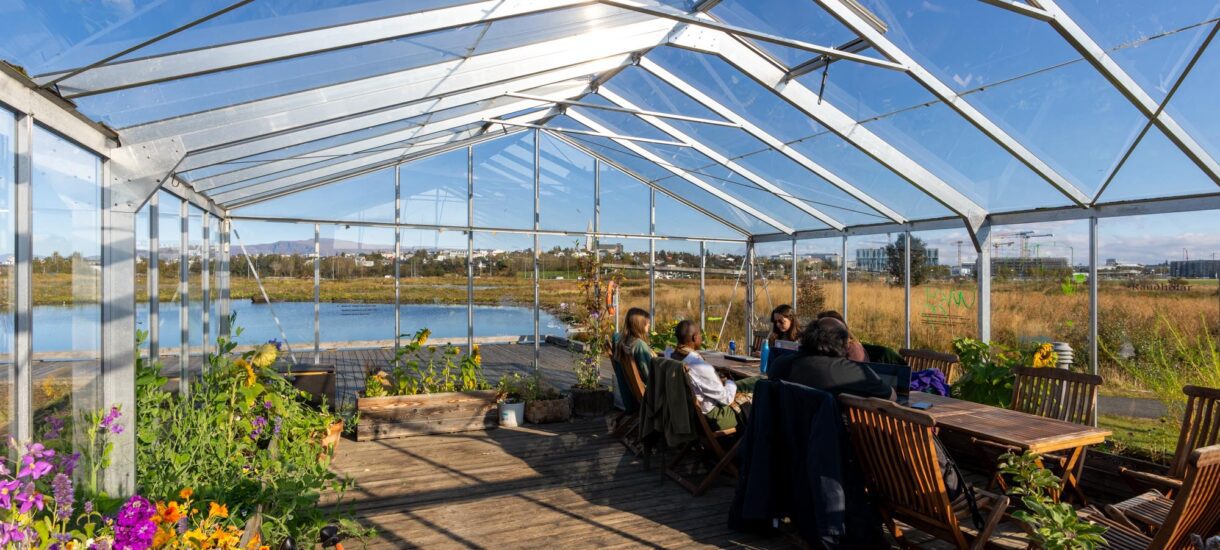Birch trees with Nordic blood in their veins
When Iceland’s president, Vigdis (1980-1996), was travelling around the country to meet the people of her country, she made it a tradition to plant birch trees at the places she visited; one for the boys, one for the girls, and one for the unborn children. Planting trees is a global symbol of hope, looking forward, and a will to create a better future for the generations to come.
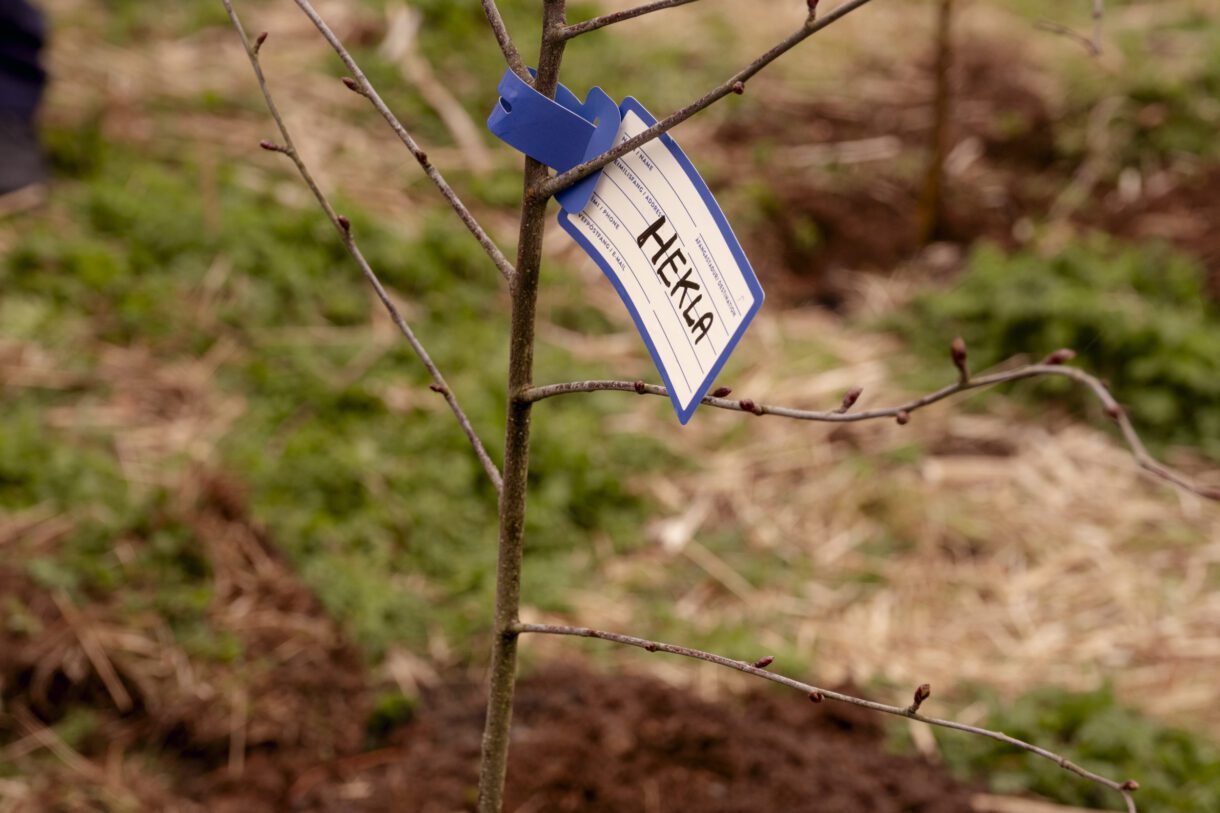
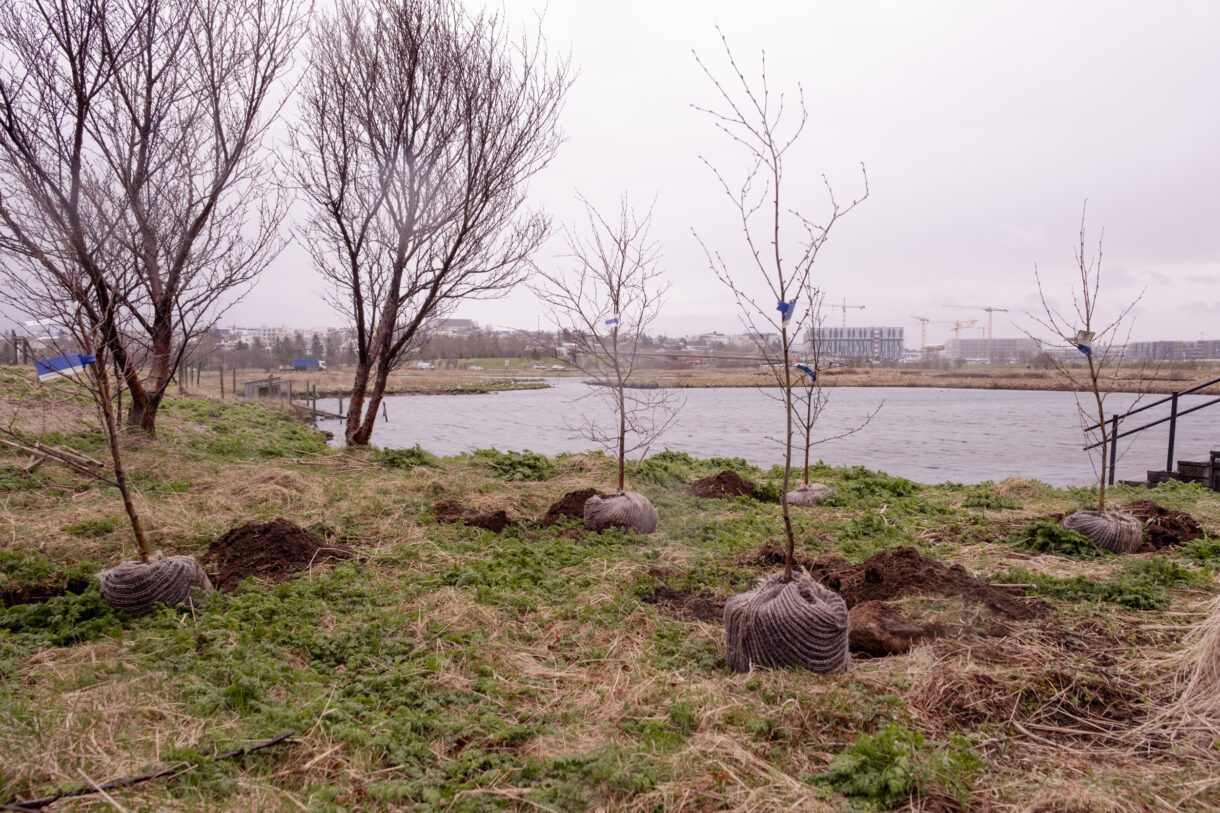
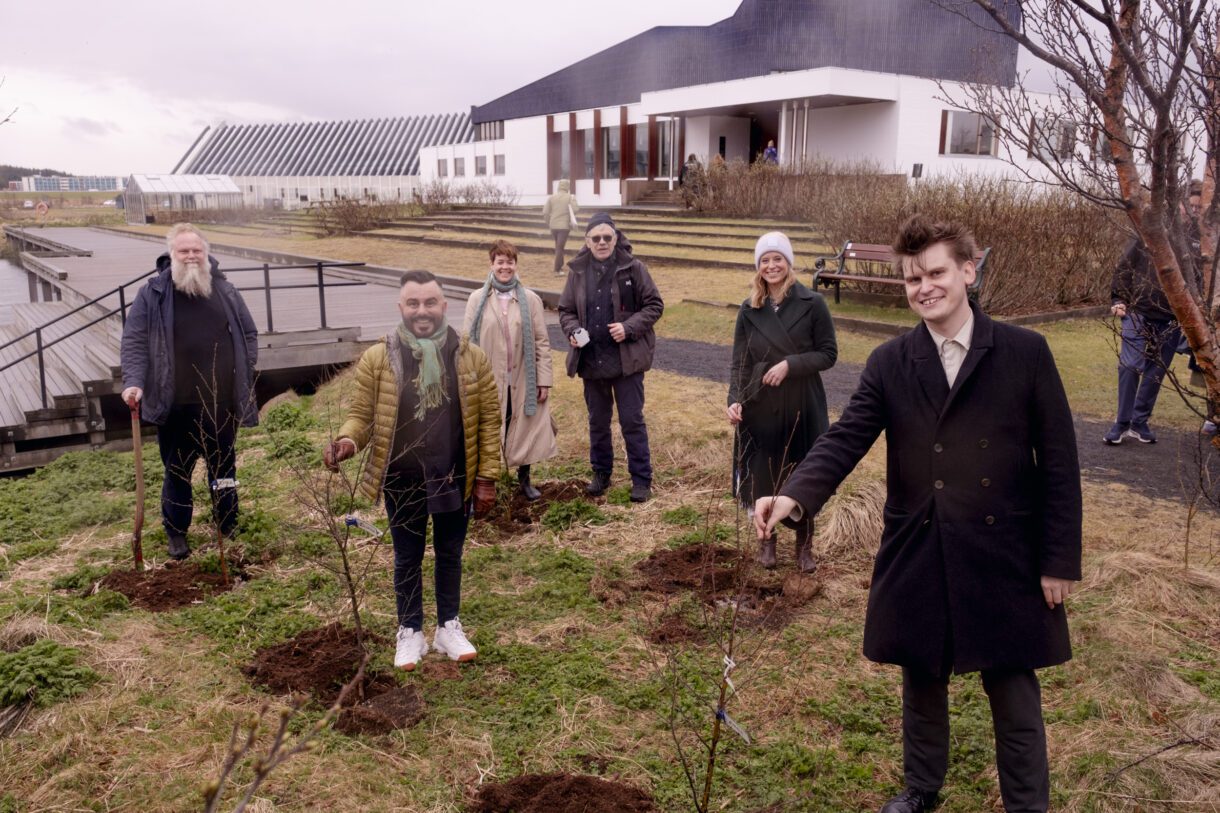
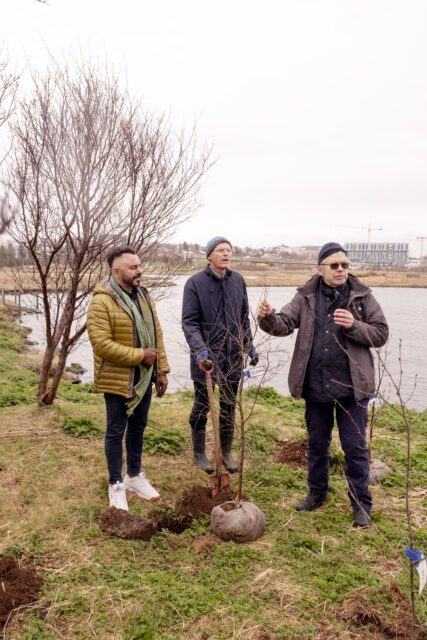
During the Barnekulturfestivalen in Reykjavik 2025, it was decided to plant trees by the Nordic House. On the 9th of April 2025, the environment-, energy-, and climate minister Jóhann Páll Jóhannsson, together with the directors of the Nordic Houses in the Nordic region, planted five birch trees south of the lake by the Nordic house. These trees were not the usual Icelandic birch trees. These were a unique variety, with Nordic roots. One could say that these are birch trees with Nordic blood in their veins.
The Nordic countries are internationally recognized as leaders in plant breeding. The forest is of great importance in the Nordic countries, and trees are a source of happiness and health. The Nordic Cooperation on Forest Research (SNS) and its tree breeding have a long and successful history and are one of the many foundational pillars in the diverse cooperation in the Nordics.
But what does plant breeding mean? In short, it is the process by which the best trees from tree cultivation practices are selected for breeding tests. In this way, genetic groups develop, which we refer to as varieties. In Iceland, the plant geneticist Þorsteinn Tómasson has utilized Nordic cooperation to breed Icelandic birch varieties that thrive in the Icelandic soil and environment, namely: Embla, Kofoed, Dumba, and Hekla.
Embla
Embla was the first variation that Þorsteinn developed, with the help of Danish breeding techniques dating back over 30 years. Generally speaking, Icelandic birch is bent and crooked. But Embla, with handpicked parent trees, grows with a straight and bright stem, living up to the name “the bright tree” (birch refers to light, “björt” in Icelandic).
Kofoed
Kofoed, named after Iceland’s first director of forestry, A.F. Kofoed-Hansen, was introduced during the centennial of Icelandic forestry in 2007. It is the product of a Norwegian birch, which is not typically cultivated in Iceland, crossed with Embla.
Dumba
The successful result of Kofoed led to further experiments involving crossbreeding a Finnish, red-colored birch, which resulted in the development of the variety Dumba, a common name for red-colored cows in Iceland. The success of both Kofoed and Dumba has led to the development of a crossbreeding program with two new variations that have traditionally been difficult to cultivate in Iceland: the so-called “hanging-birch” (Betula pendula) and the “Nepal-birch” (Betula utilis jaquemonti) from Asia.
Hekla
Hekla is a rapidly growing variety characterized by its red leaves and white stem and is related to four birch varieties from three different countries. It is now being tested in more locations in Iceland and proving to be a success. Hekla grows and is sold in Finland through a process known as vegetative culture (in which all trees are of the same genotype), whereas the other variations are cultivated using seeds.
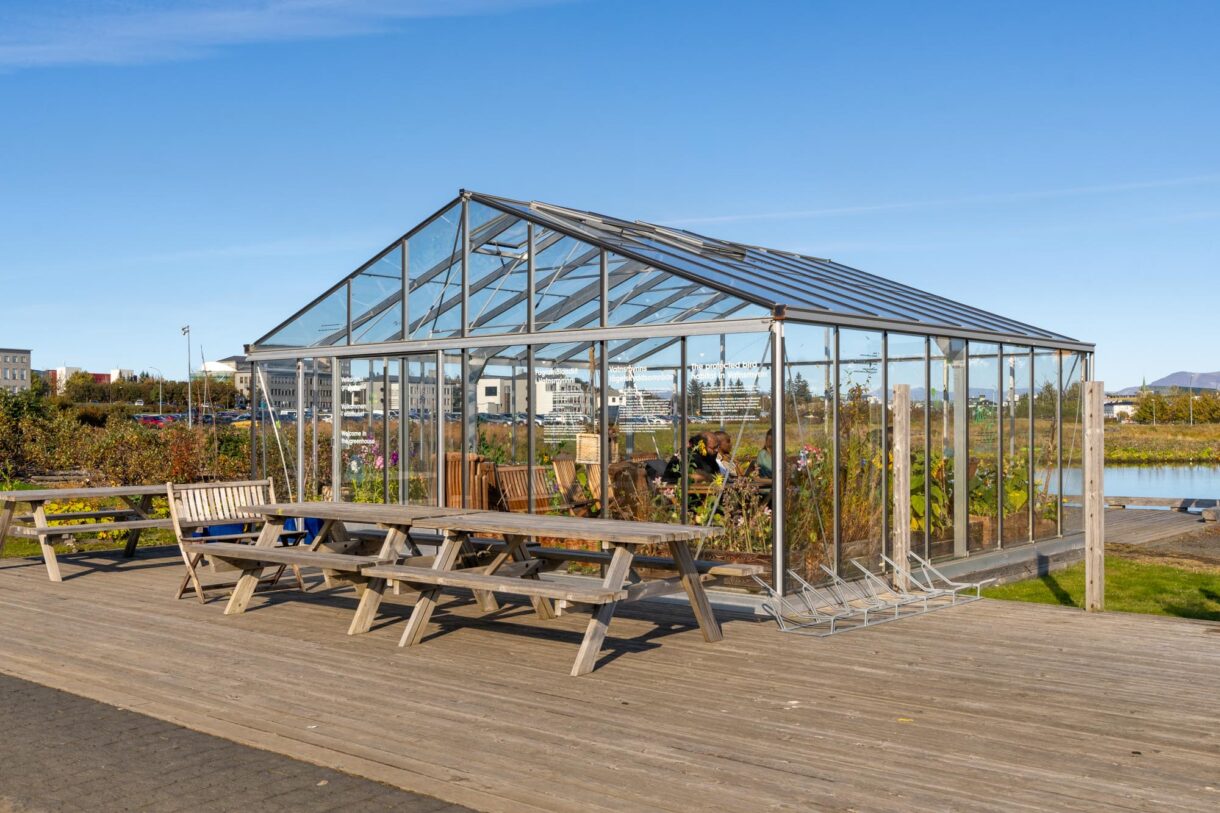
The Nordic House Greenhouse
The greenhouse at the Nordic House is used in many fun and creative ways. Here you can sit and enjoy a cup of coffee, read a book, or have lunch. We also host concerts, workshops, and art exhibitions.
The Nordic House cultivates the greenhouse and its garden in collaboration with the organization W.O.M.E.N. – Women Of Multicultural Ethnicity Network in Iceland – and NordGen, which is the joint Nordic gene bank and knowledge center for genetic resources which is important to agriculture and forestry.
Read more about W.O.M.E.N. and the global seed garden here.
The Nature reserve in Vatnsmýri
The conservation area in Vatnsmýri is truly unique. It allows visitors to enjoy wild nature and birdlife in the middle of the Reykjavík city.
In 2013, a group called “Friends of the Pond” was founded – an informal network within BirdLife Iceland. Their goal is to activate volunteers who wish to support a good cause by caring for the ecosystem of the pond and wetland in Vatnsmýri.
Every year, the group organizes a clean-up in the conservation area, usually in April. Volunteers come together to pick up trash, thin out invasive trees, and make the area a welcoming nesting site for ducks and waders.
Friends of the Pond’s website
